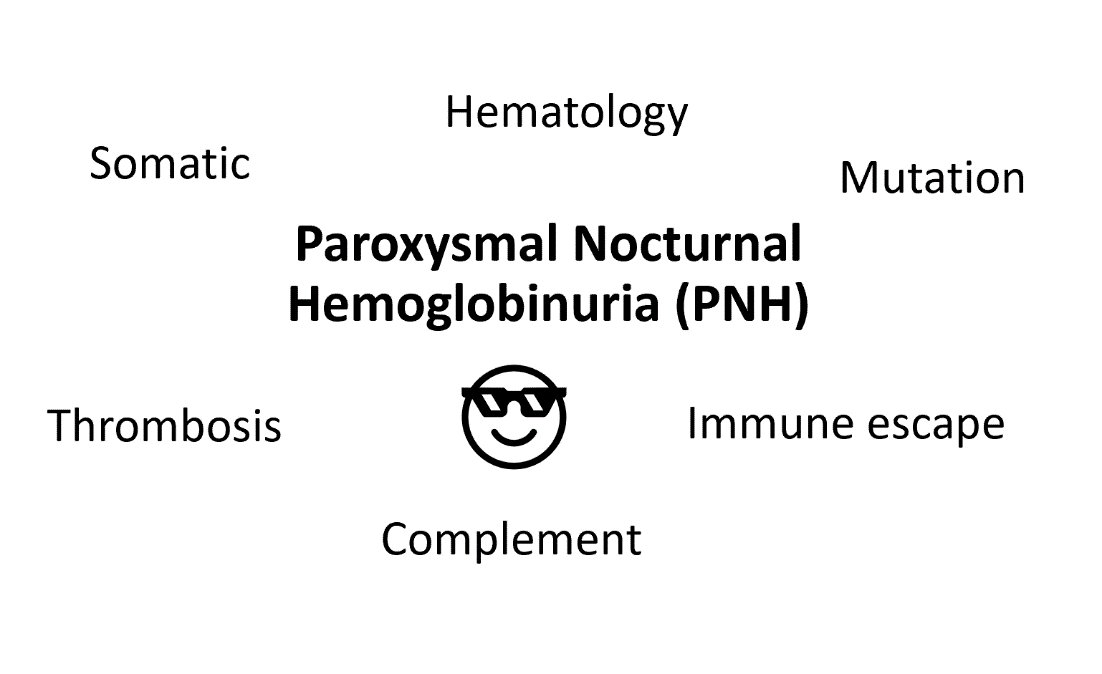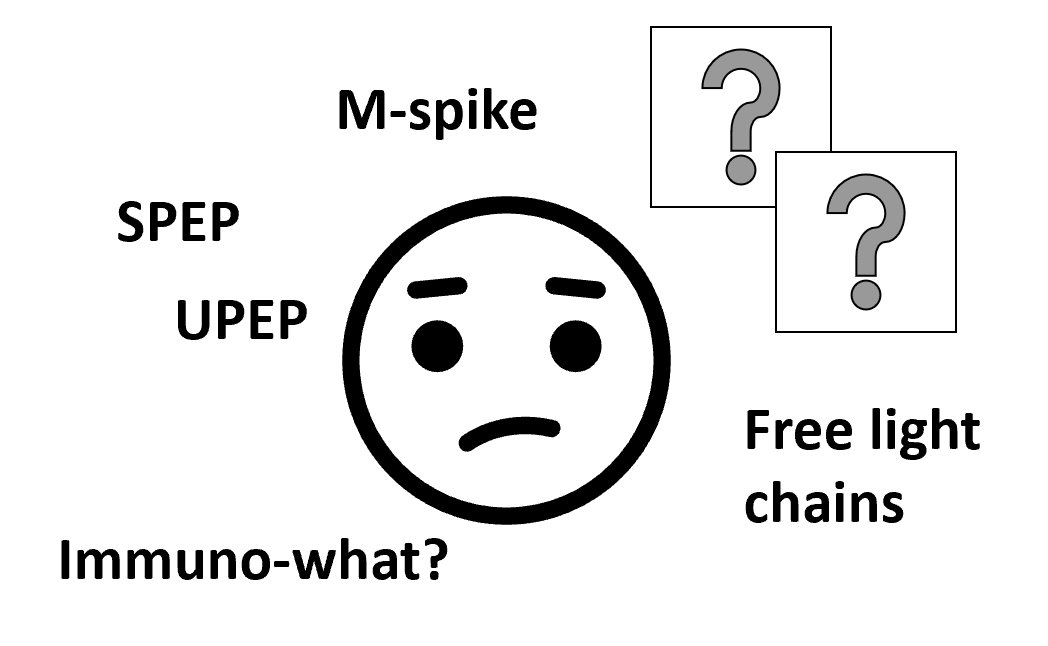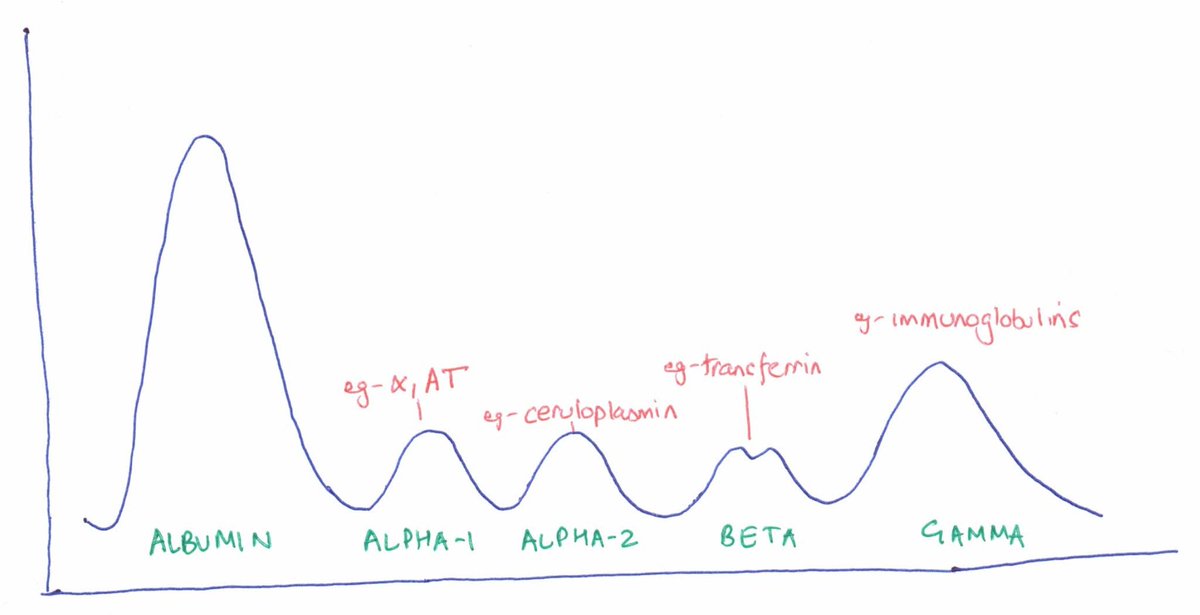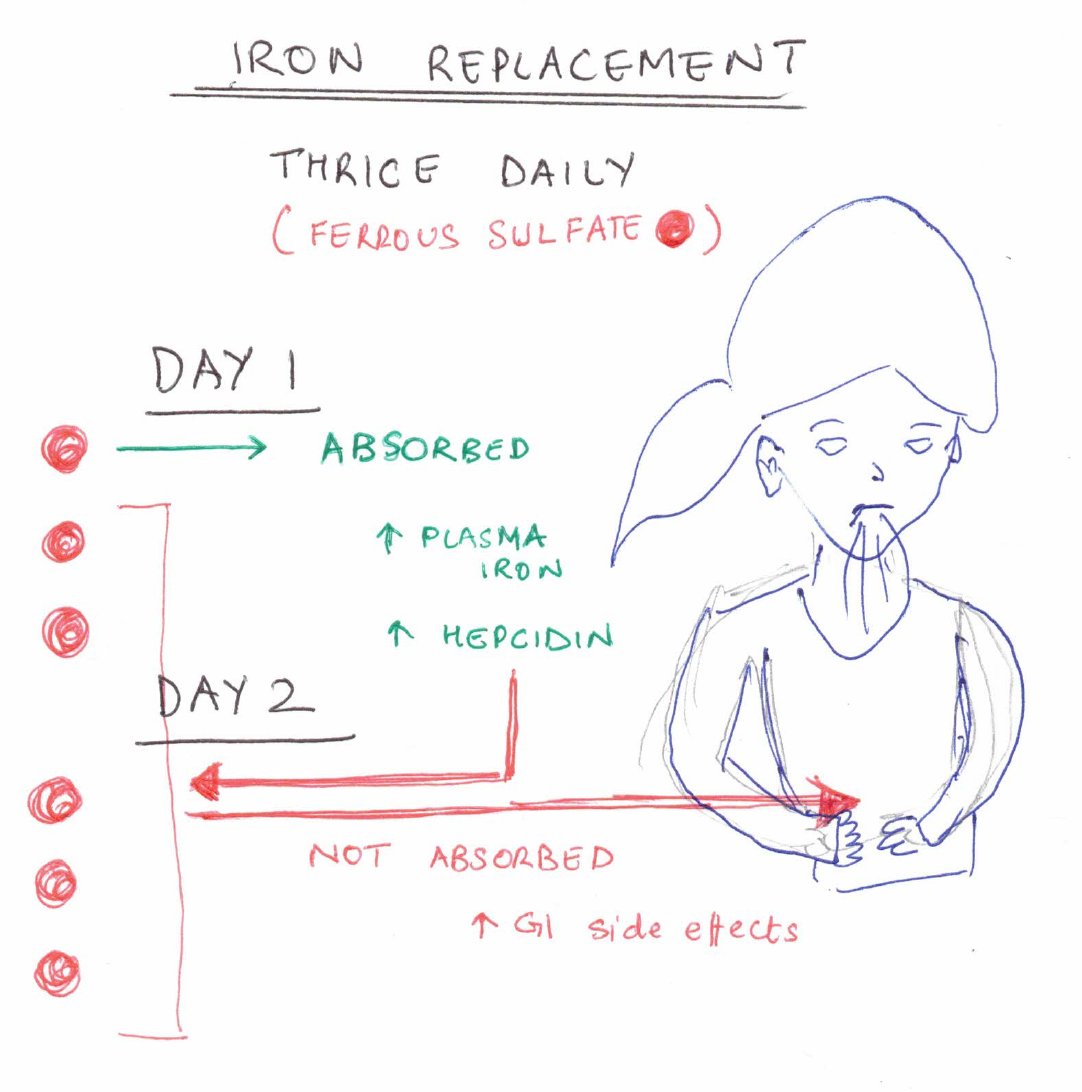Ever wondered where the 'ACTIVATED' and 'PARTIAL' in activated partial thromboplastin time (aPTT) come from?
If yes, read on for a quick journey through PT/ PTT testing.
In vivo, coagulation occurs on the platelet surface. In vitro, we use phospholipids to simulate the platelet surface.
The sample used for testing coagulation is plasma, since it contains all coagulation factors.
One cannot test for clotting times if the sample is already clotted. To prevent clotting until the sample is ready for testing in the lab, blood is drawn in tubes containing citrate or oxalate, which chelate calcium. We then add calcium back during the assay.
In the PT, we measure the time to clot formation after mixing:
Patient plasma + Calcium + Phospholipid + TISSUE FACTOR
TISSUE FACTOR activates the extrinsic pathway.
(Phospholipid + TISSUE FACTOR) is called ‘thromboplastin’, and is/ was processed from rabbit or human brain.
In essence, a PT is a ‘thromboplastin time’, since it measures how quickly plasma clots in the presence of thromboplastin.
In the PTT, we measure the time to clot formation after mixing:
Patient plasma + Calcium + Phospholipid + CONTACT ACTIVATOR (like silica)
This activates the intrinsic pathway. Notice that there is no TISSUE FACTOR.
If we add TISSUE FACTOR, the stronger extrinsic pathway would take over and dominate. We want to test only the intrinsic pathway. Thus, we cannot add thromboplastin, which contains both (Phospholipid + TISSUE FACTOR) here.
We want only to add Phospholipid, which is (thromboplastin minus TISSUE FACTOR), i.e. a PARTIAL thromboplastin.
That's where the PARTIAL in aPTT comes from.
This intrinsic pathway is much slower than the extrinsic- and no one wants to wait in the lab- so we try to speed it up by adding an activator. Thus, ACTIVATED PTT is nothing but a sped up PTT (cause we are impatient).
Despite speeding it up, an aPTT is longer than a PT.
Hence the name ACTIVATED PARTIAL thromboplastin time. Fin.
Thanks to Dr. Rob Brodsky of @HopkinsMedicine @ASH_hematology for bringing this up on rounds.











